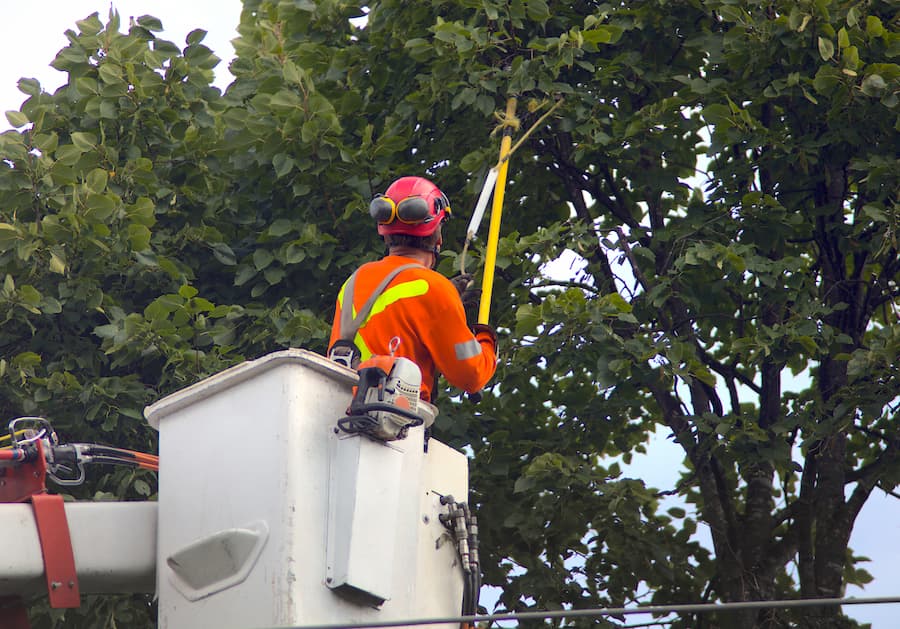This Article Includes Tree Trimming and Tree Cutting:
- Introduction
- Tree Trimming: Promoting Healthy Growth & Shape
- Tree Pruning: Protecting Trees from Disease
- Tree Cutting: Necessary for Tree Health
- Importance of Professional Tree Care
- Conclusion
Introduction
Proper tree care is essential for maintaining the health and aesthetics of your trees. However, it’s important to understand the distinctions between tree trimming, tree cutting, and tree pruning to ensure you’re providing the right care for your trees.
In this article, we will delve into the differences between these practices and highlight their significance in maintaining the vitality of your trees.
Tree Trimming: Promoting Healthy Growth and Shape
Tree trimming primarily involves the removal of overgrown branches to promote healthy growth and maintain the desired shape of the tree. This practice is often performed for aesthetic purposes, ensuring that the tree complements its surroundings and doesn’t obstruct views or structures.
By trimming away excessive foliage, the tree receives better air circulation and sunlight, which are crucial for its overall health. Regular tree trimming also helps prevent branches from becoming too heavy and potentially causing damage during storms or high winds.
Tree Pruning: Protecting Trees from Disease
Tree pruning, on the other hand, focuses on the removal of diseased, damaged, or dead branches. This practice is crucial for the tree’s well-being as it helps prevent the spread of diseases and infections.
Pruning also aids in maintaining the structural integrity of the tree by eliminating weak or crossing branches that could potentially break and cause harm. By removing diseased branches promptly, you can safeguard the overall health of the tree and prevent the disease from spreading to other parts.
Tree Cutting: Necessary for Tree Health
While tree trimming and pruning are often sufficient for maintaining tree health, there are instances where tree cutting becomes necessary. Tree cutting involves the removal of an entire tree or a significant portion of it.
This practice is typically reserved for situations where the tree is severely damaged, diseased beyond recovery, or poses a safety hazard. Professional arborists assess the tree’s condition and determine if tree cutting is the best course of action to protect the surrounding environment and ensure the safety of people and property.
Importance of Professional Tree Care
Proper tree care is a specialized field that requires knowledge, experience, and the right tools. It is highly recommended to consult a professional arborist for a thorough assessment of your trees and to develop a long-term care plan.
Arborists have the expertise to identify potential issues, provide appropriate tree trimming and pruning techniques, and execute tree cutting when necessary. Their guidance ensures that your trees receive the care they need to thrive while minimizing the risk of damage or disease.
Conclusion
Understanding the distinctions between tree trimming, tree cutting, and tree pruning is crucial for maintaining the health and aesthetics of your trees. Regular tree trimming promotes healthy growth and maintains the desired shape, while tree pruning protects trees from diseases and maintains their structural integrity.
In cases where a tree is severely damaged or poses a safety hazard, tree cutting may be necessary. To ensure the best care for your trees, it is advisable to consult a professional arborist who can provide expert guidance and develop a comprehensive care plan tailored to your specific needs.

